Cannabis is rich in terpenes, trichomes and a very particular group of phytonutrients: flavonoids. When talking about cannabis, the conversation is almost always about THC and CBD. But this plant does not stop at these two compounds. There are over 400 chemical compounds in the cannabis plant, and each contributes in its own way to the much-loved whole.
Flavonoids are often overlooked in the composition of cannabis. Terpenes , trichomes and cannabinoids are getting a lot of attention, while most enthusiasts are unaware of the existence of flavonoids. However, these can represent up to 2.5% of the composition of the plant by dry weight.
Although very little research has thus far been done, it can be said that flavonoids play a significant role in the appearance of the cannabis plant, having an effect on the overall experience it generates.
Flavonoids – what are they?
Flavonoid compounds are not specific to cannabis and exist throughout the plant world. They are comprised of a highly diverse group of phytonutrients (plant chemicals) which can be found in most fruits consumed by humans.
Plant enthusiasts and botanists alike know that it is chlorophyll that is generally responsible for a plant's green colour. However, what of those plants that have other colours? Well, as you can imagine, it's because of the flavonoids. Interestingly, the word flavonoid comes from the Latin flavus, which means yellow.
Flavonoids such as anthocyanin are responsible for the much-loved deep purple colour of strains like New Purple Power. Thus, all plants with rich colours contain flavonoids, and cannabis is one of them. Flavonoids offer nothing in terms of psychotropic effect, but they give plants an important part of their personality.
In the same way that certain terpenes induce in this or that variety of cannabis, a plant containing certain flavonoids acquires a character of its own. So far, 6,000 flavonoids in total have been identified, making them the largest group of phytonutrients according to experts. With cannabis as the exception, they have been widely studied in the plant world, due to the medicinal properties of certain plants.
The health benefits flavonoids exhibit are linked to brain function, skin, blood pressure and even blood sugar. Thus, it appears that flavonoids play a significant role in botany as a whole.
The medicinal properties of cannabis flavonoids
Of all the different groups of compounds found in the cannabis plant, flavonoids are the least studied. However, that doesn't make them less valuable or less influential in terms of the effect it has on the consumer. Flavonoids are indeed pharmacologically active. Scientists have begun to study the possibility that they give plants some medicinal value.
However, they do agree that they work in conjunction with other compounds in a plant to produce these medicinal effects. In total, about twenty different types of flavonoid have been so far identified in the cannabis plant. Some of these flavonoids are exclusive to cannabis, but others are also found in numerous other vegetables, fruits and plants.
Cannaflavins A, B and C: These flavonoids are ones which are specific to cannabis and not found in other plants. Cannaflavin A and B were first discovered by a Doctor Marilyn Barett in the 1980s, whilst cannaflavin C was isolated in 2013. The latter is reputed to have over thirty times the potency of aspirin for PGE inhibition -2, a mediator of inflammation, especially in diseases such as rheumatoid arthritis.
Quercetin: The flavonoid quercetin has become increasing well known, and can be found in numerous plants. It is thought to be the “super” part in certain “super foods” such as blueberries and broccoli. It has anti-aging properties and is a powerful anti-inflammatory.
Kaempferol: a flavonoid found in cruciferous vegetables, it is being studied for its anti-cancer properties.
Beta-Sitosterol: Beta-Sitosterol is considered by the United States Food and Drug Administration to have properties that reduce the risk of coronary heart disease. This flavonoid is widely used in drugs, which can be found in pharmacies, in particular to treat cuts and burns using balms, and it is found even in methods for the prevention of colon cancer. It is even said that marathon runners sometimes use this compound to treat their post-run swelling and pain.
Cannabis is much more than cannabinoids
Even though cannabinoids are the most well-known elements of cannabis, the plant itself is much richer than that. It's an incredible blend of so many different compounds that synergising them together and producing an effect is something of a natural miracle. Flavonoids, although present since the origin of the plant, are too little studied and there is still much to learn about them.
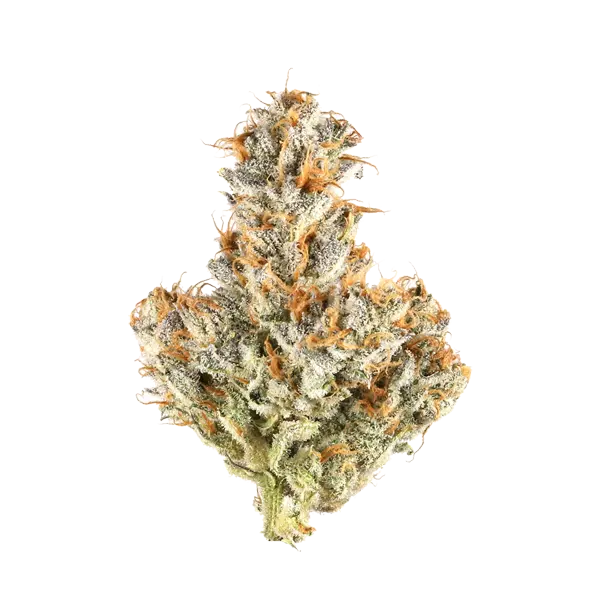
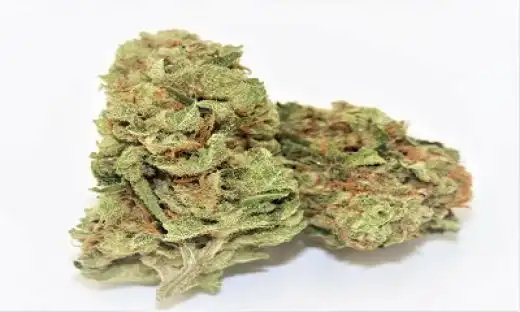

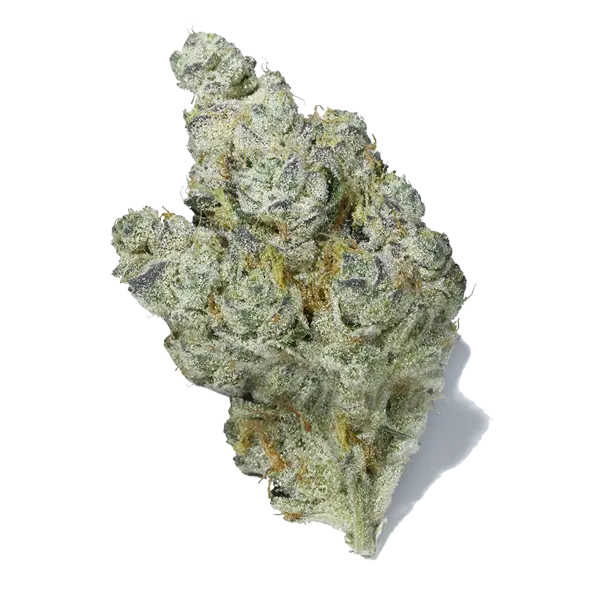

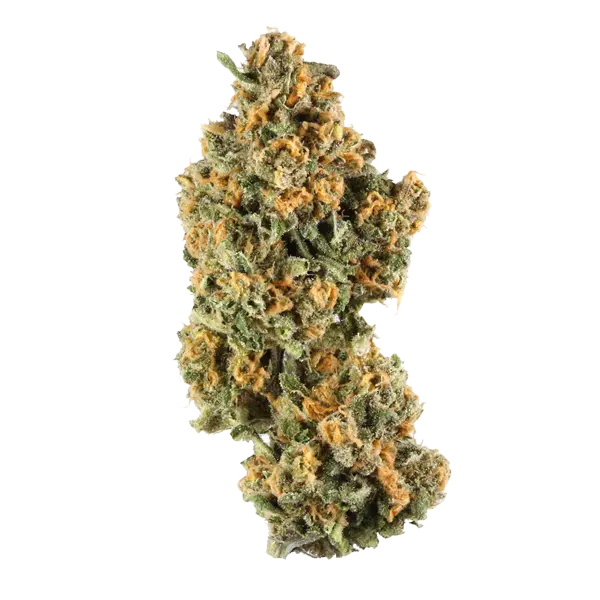
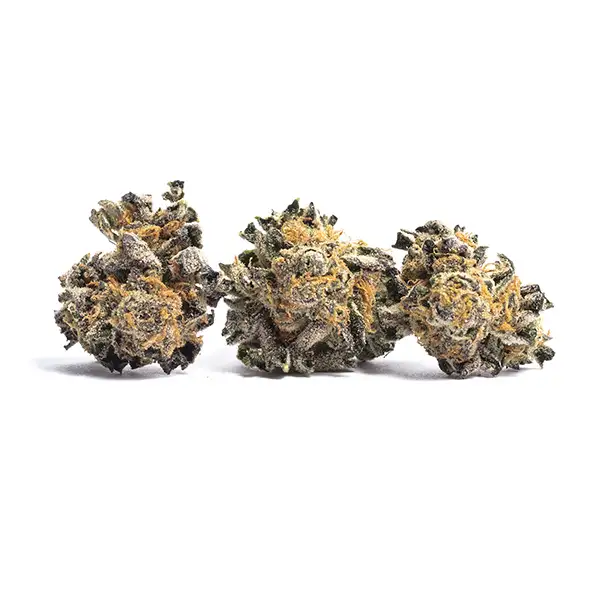
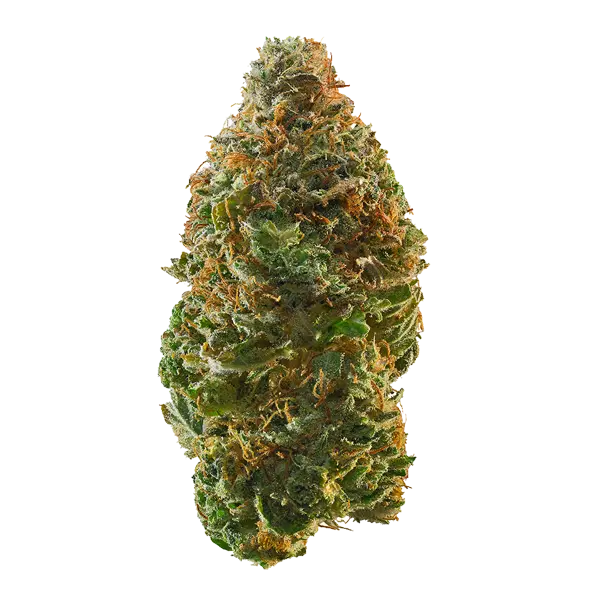
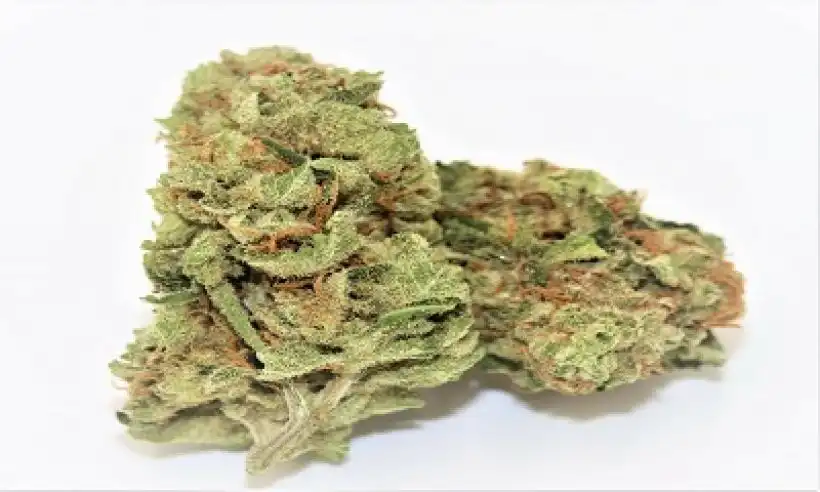
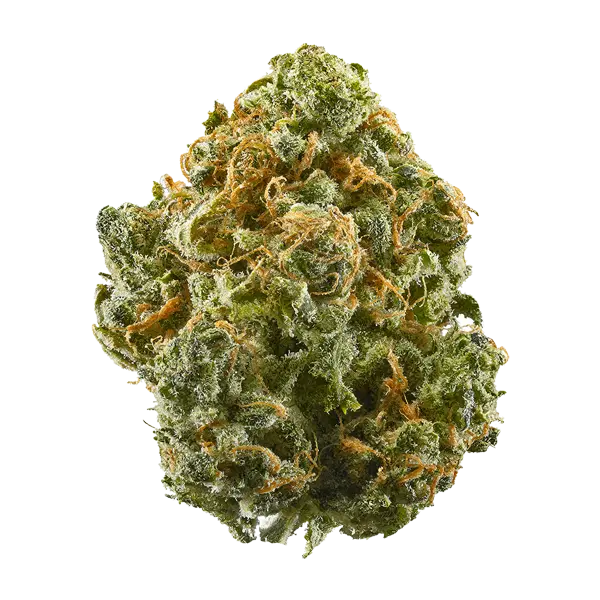
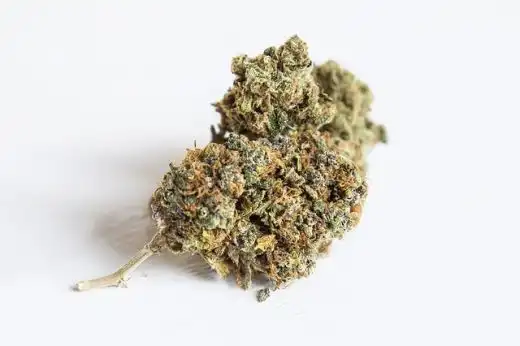
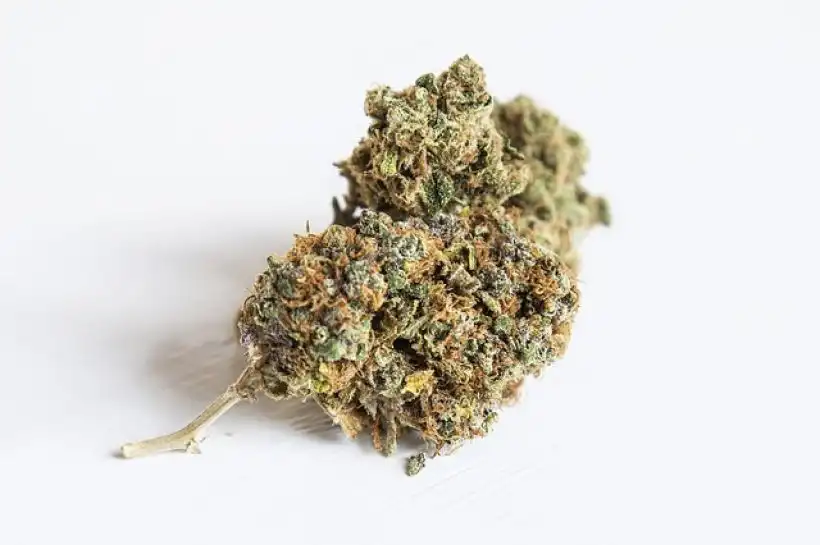

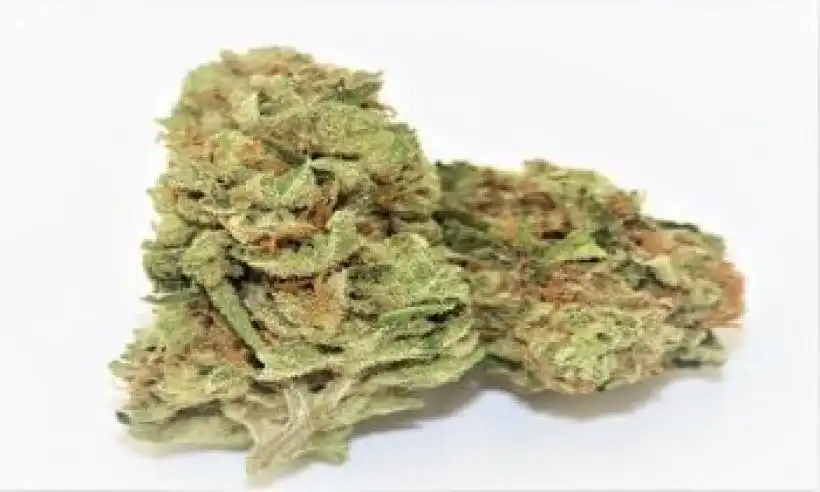

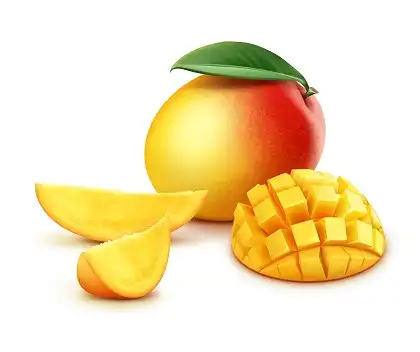
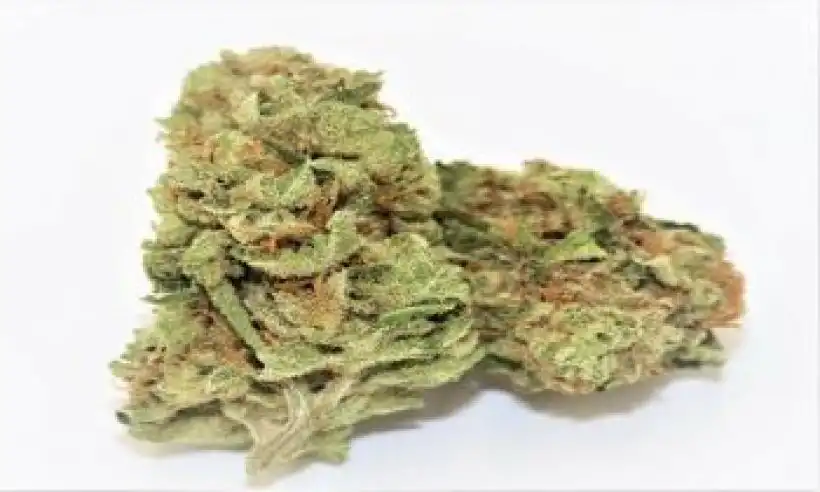
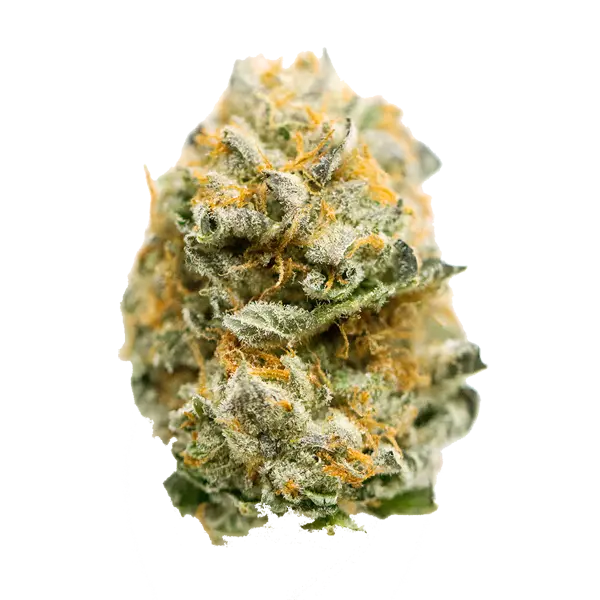
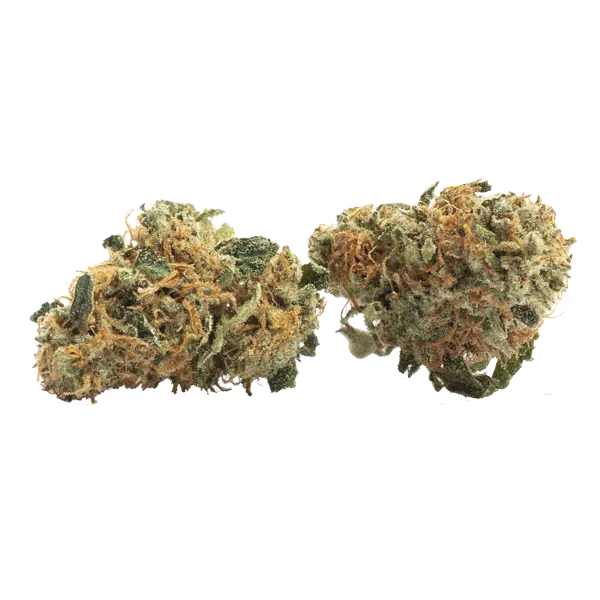
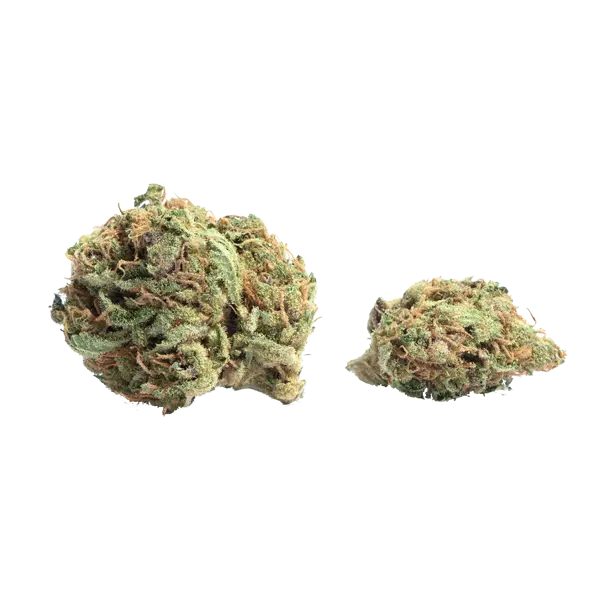
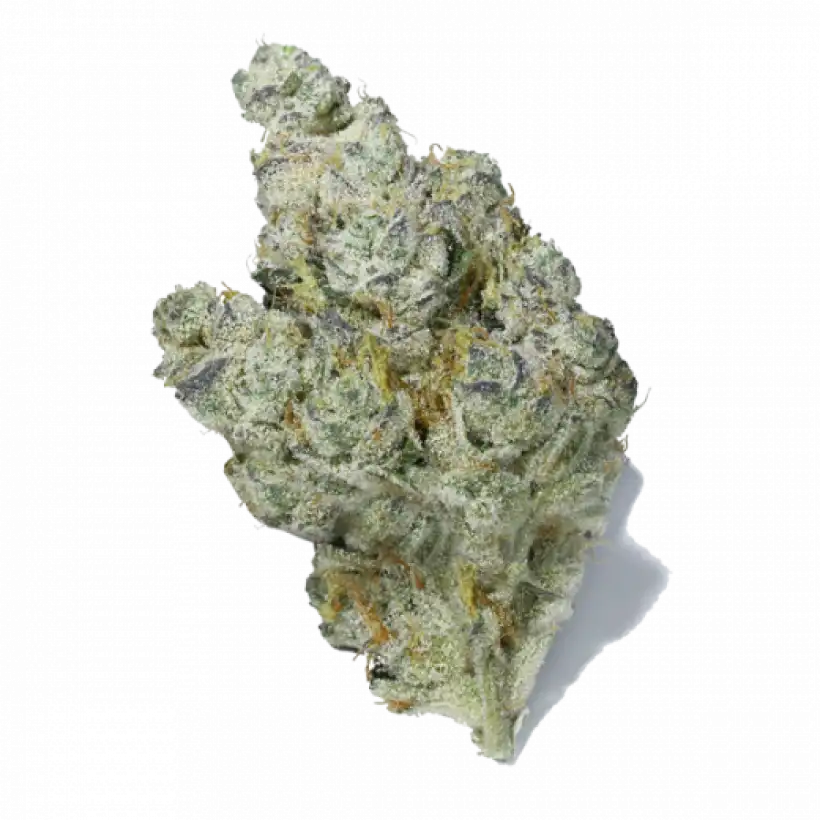
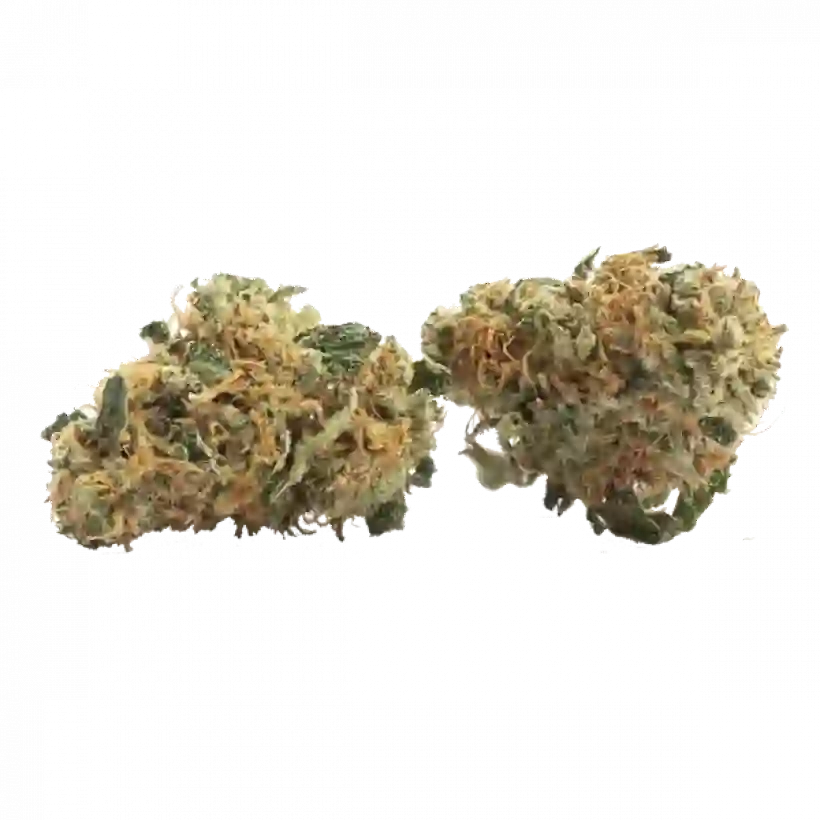
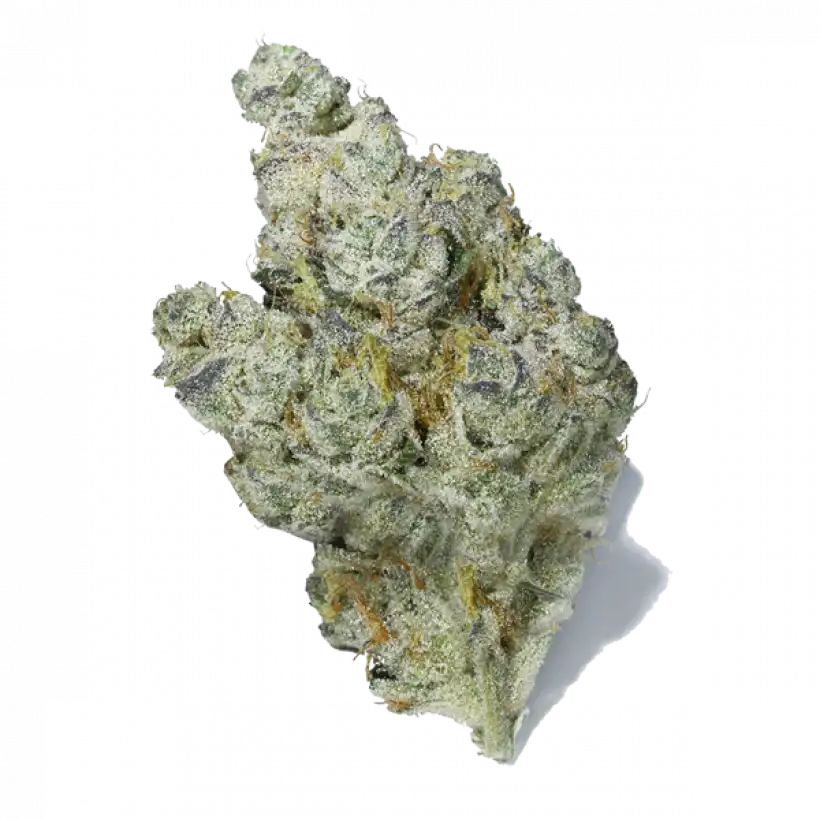

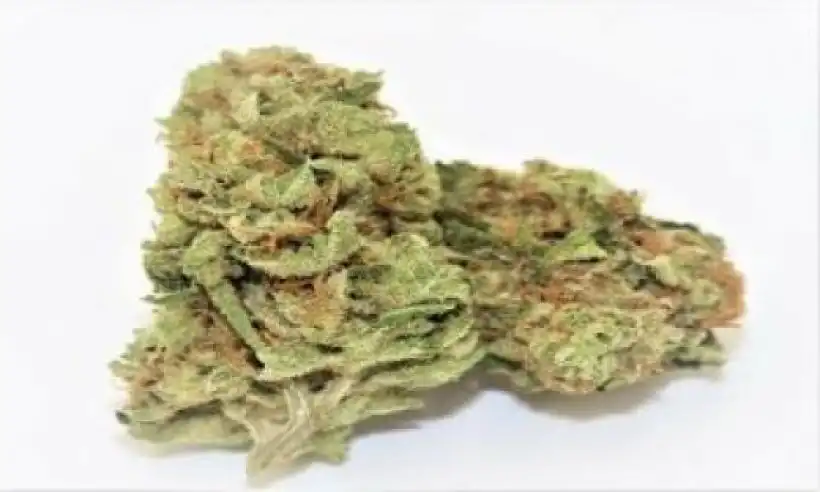
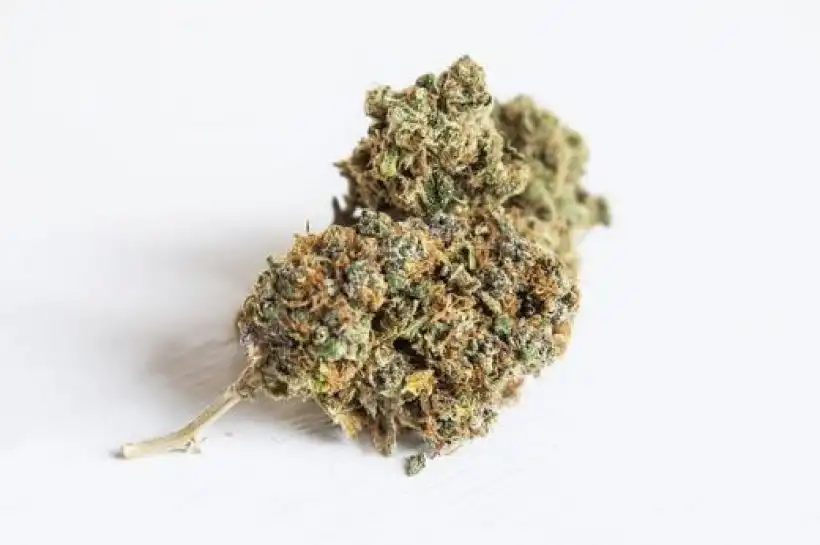

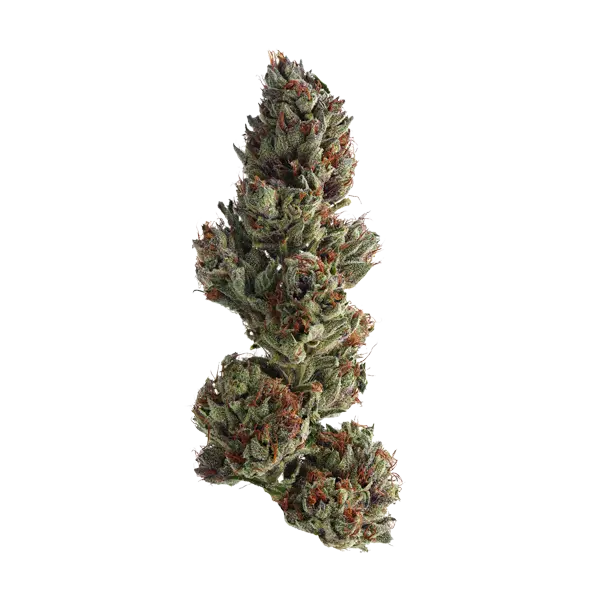
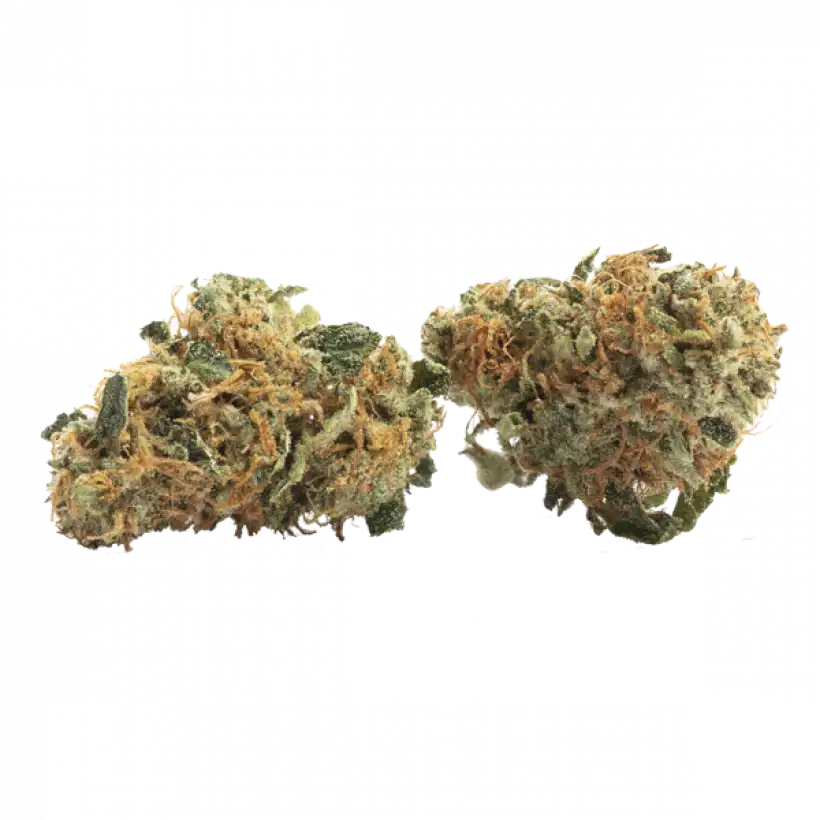
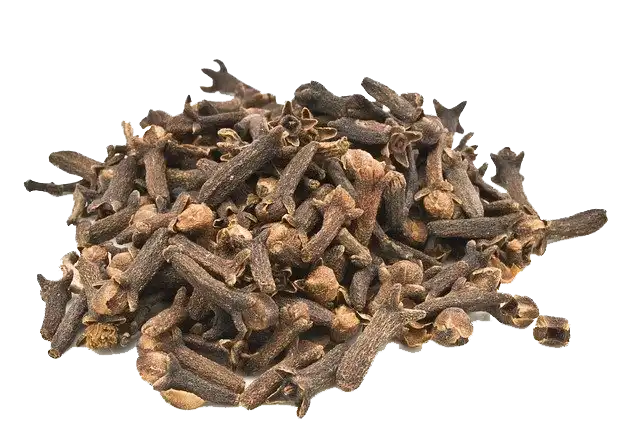
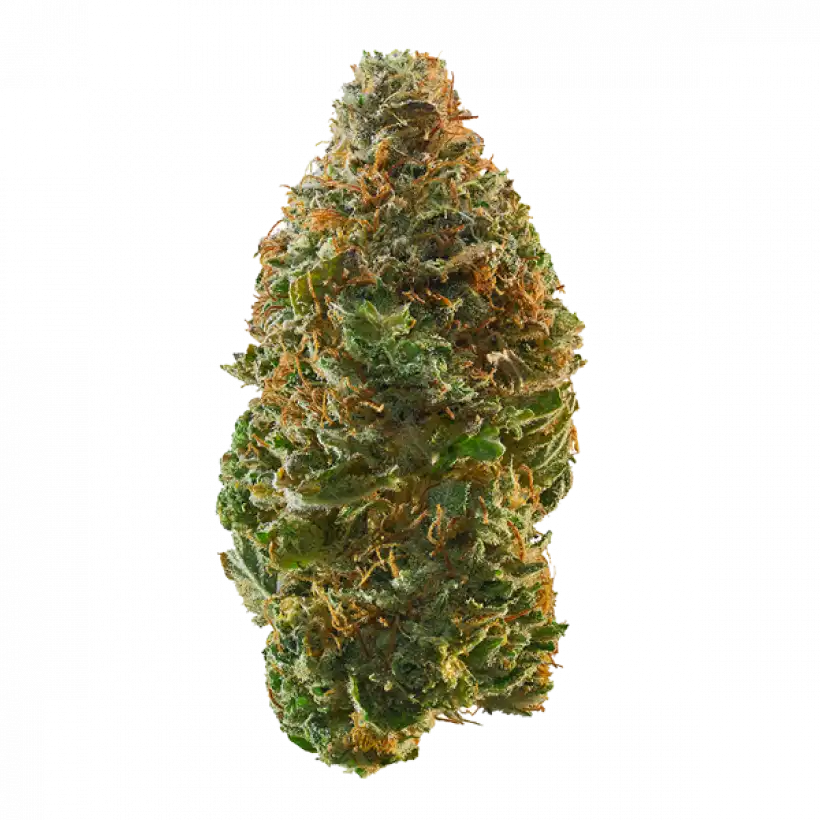
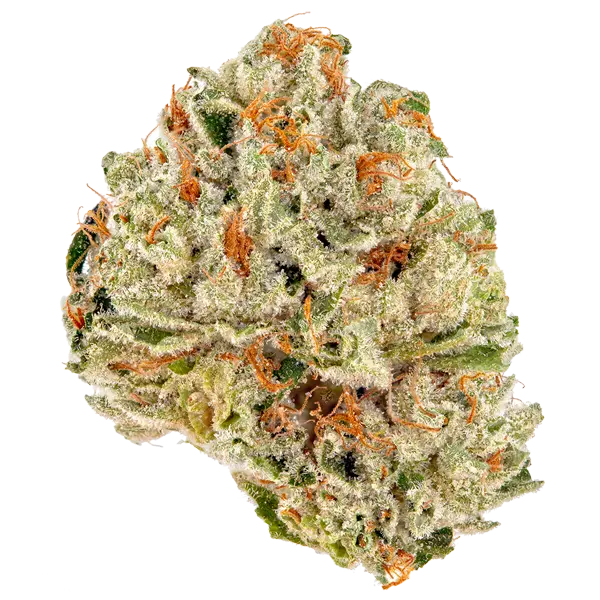
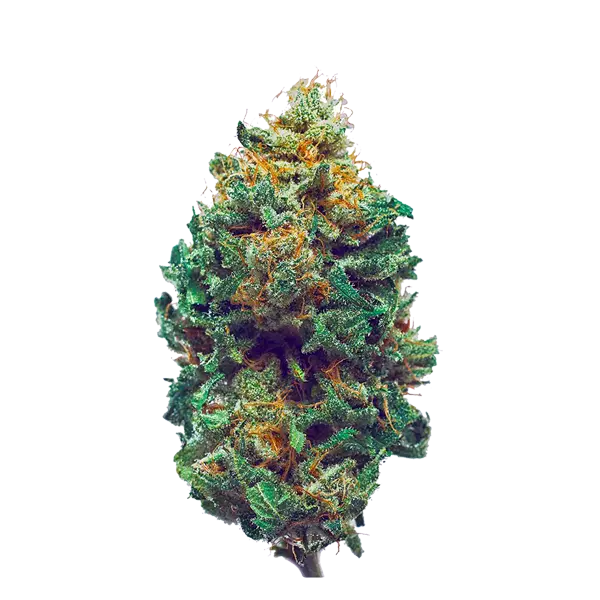
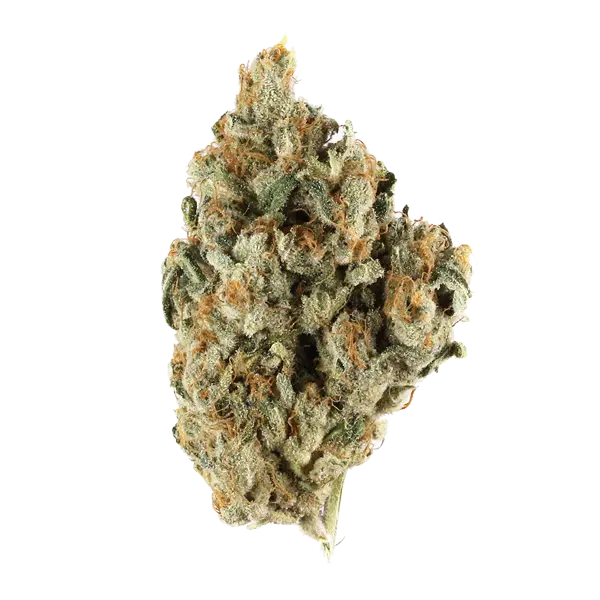
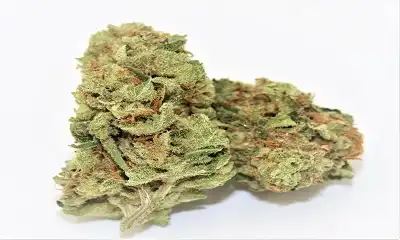
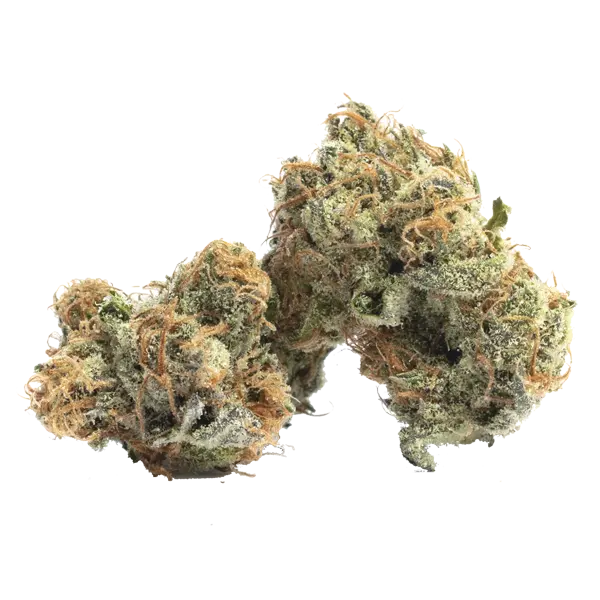
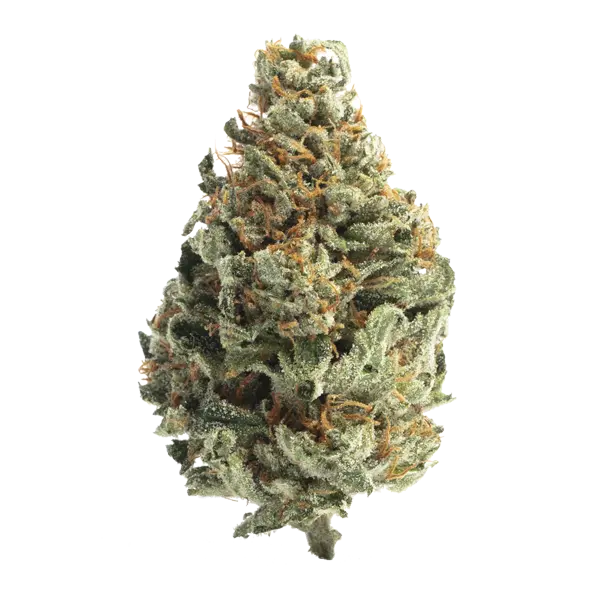
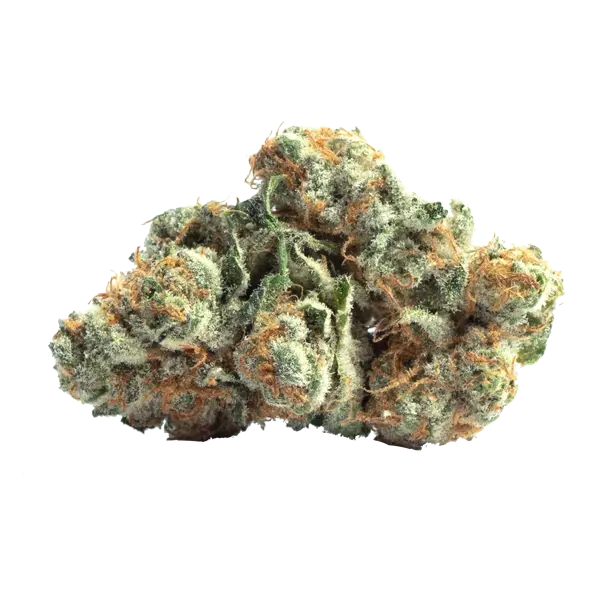
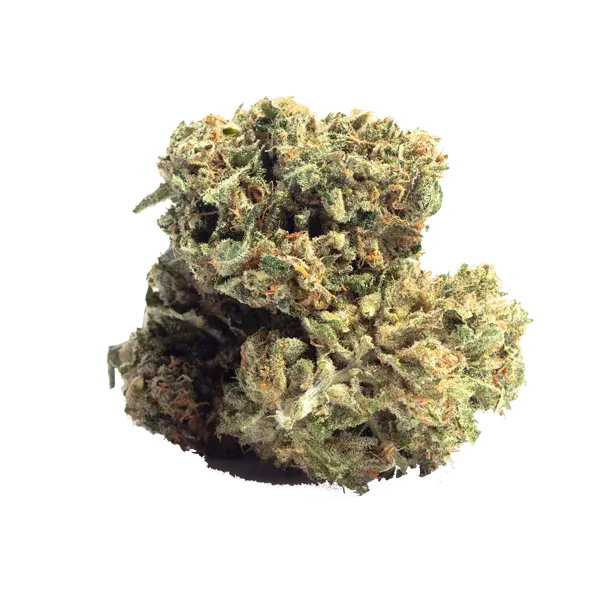

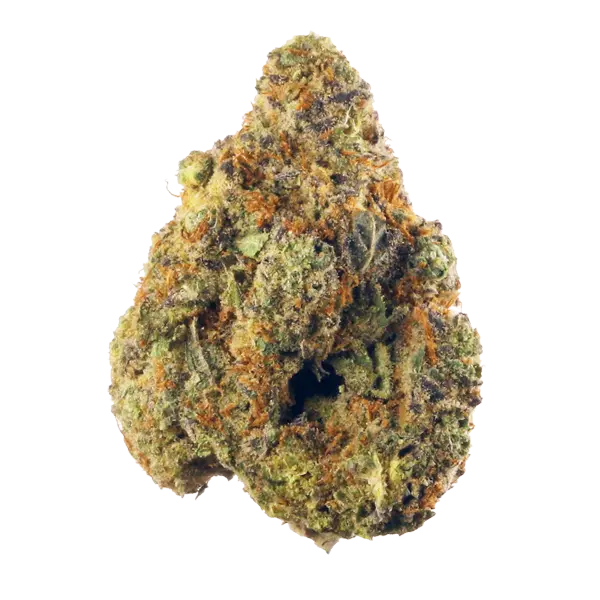
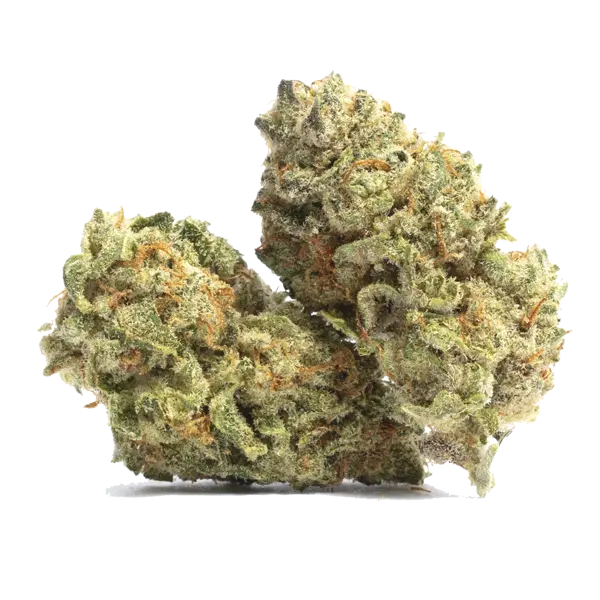

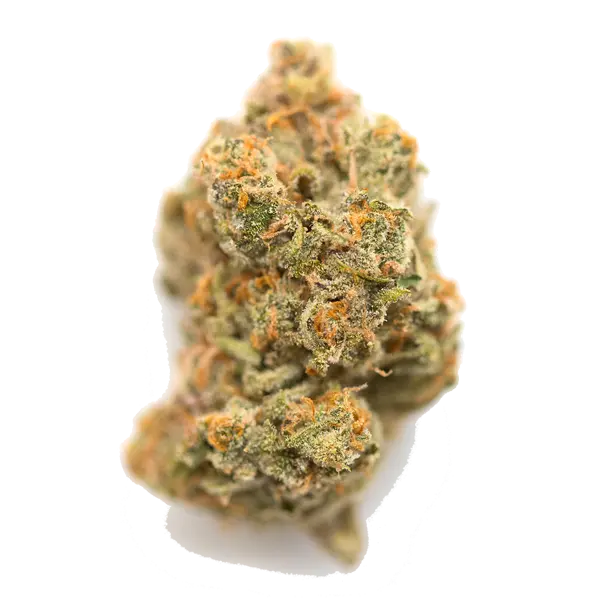

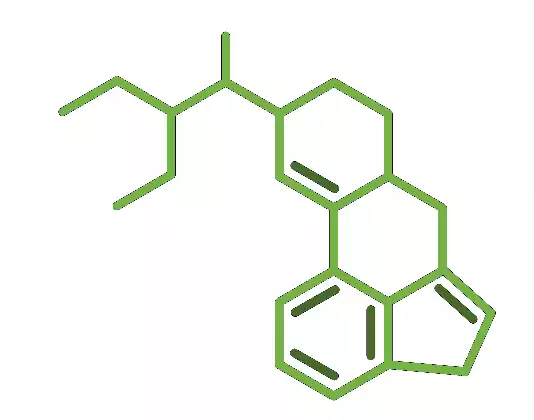


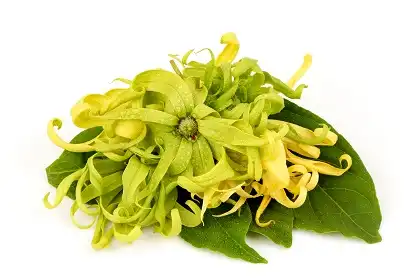
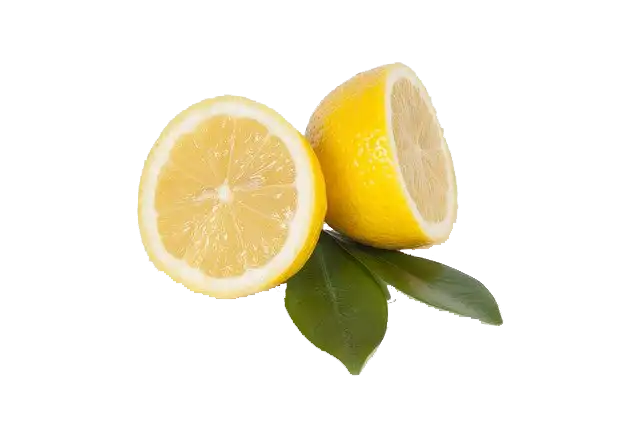

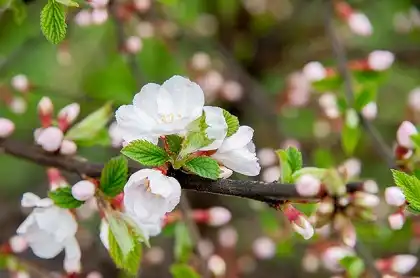
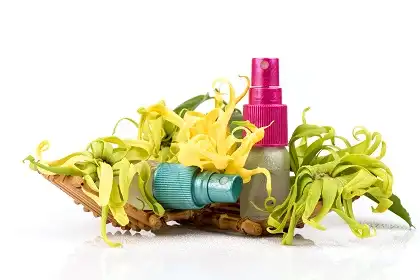



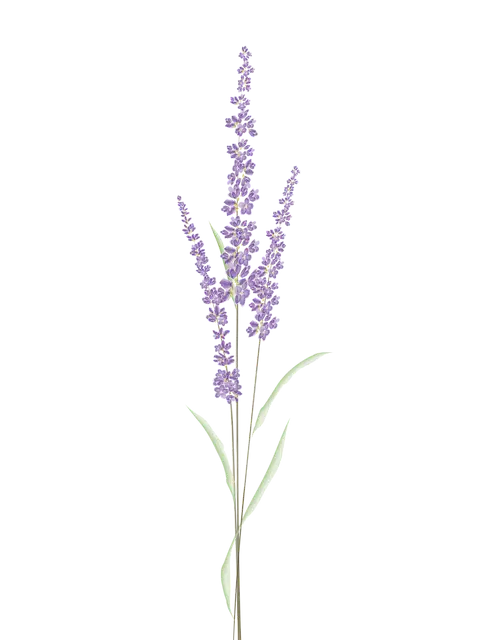
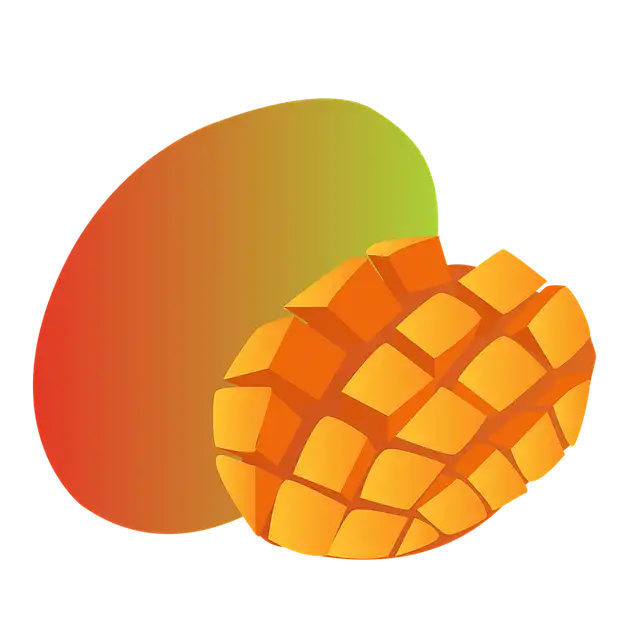
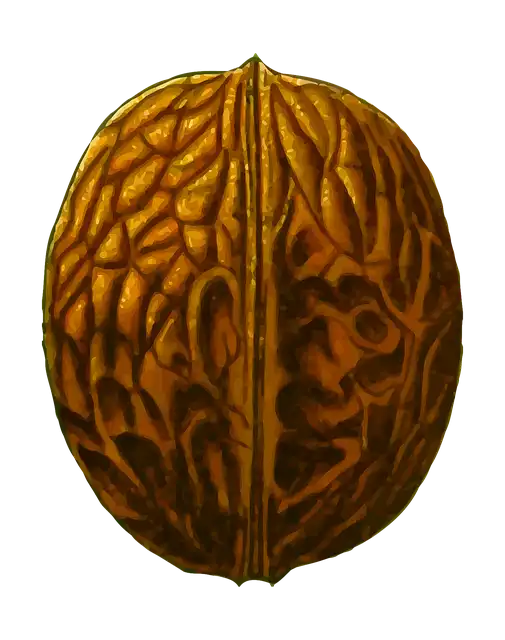
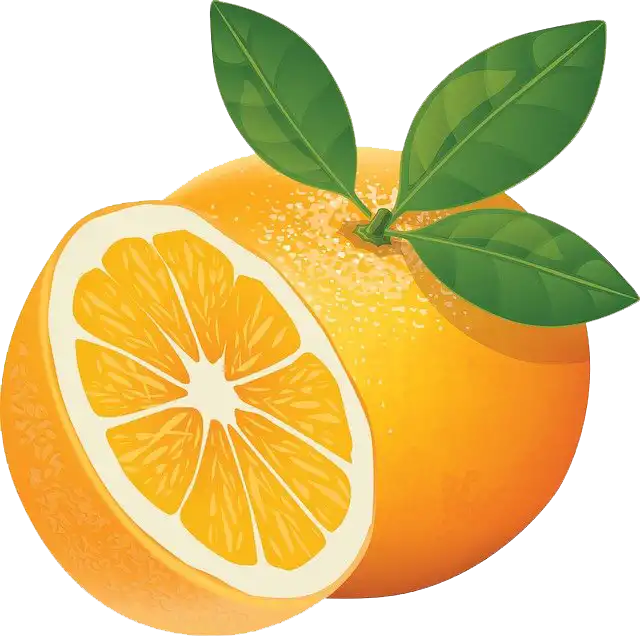

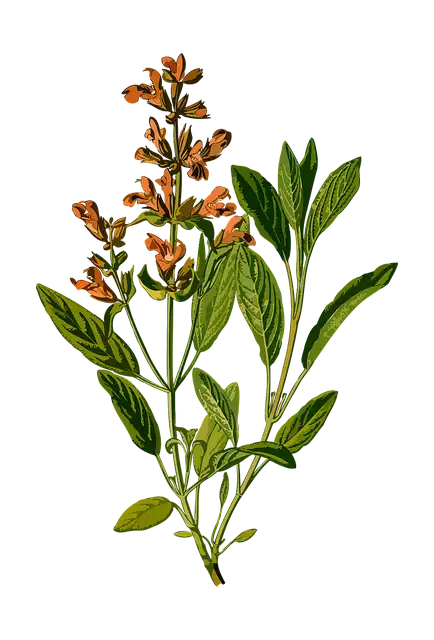

 Cannabis And Crohn’s Disease
Cannabis And Crohn’s Disease Psychedelics in the 20th century – the expansion era
Psychedelics in the 20th century – the expansion era








